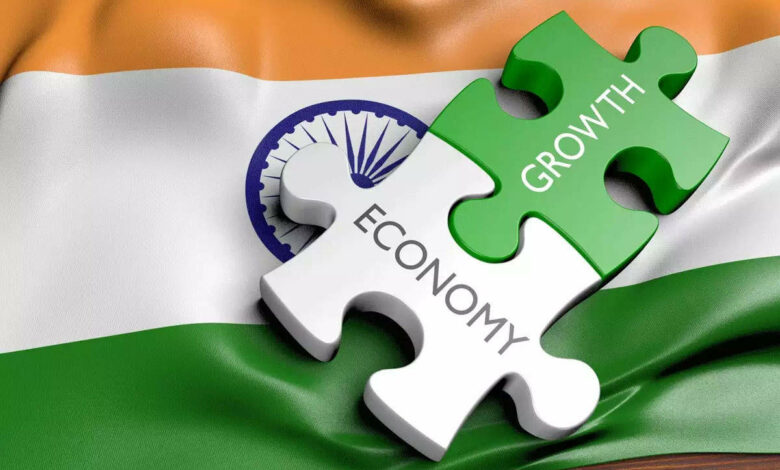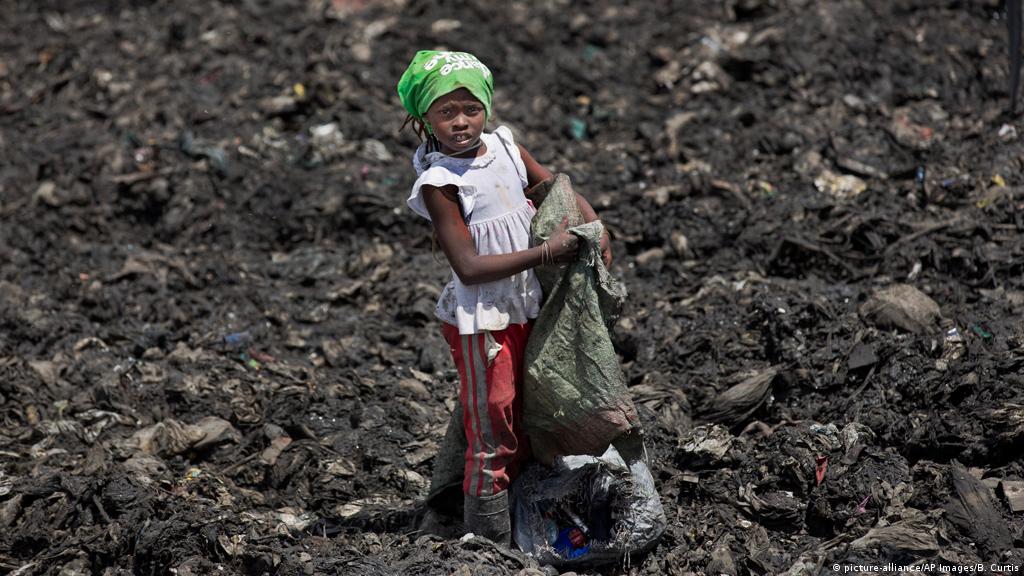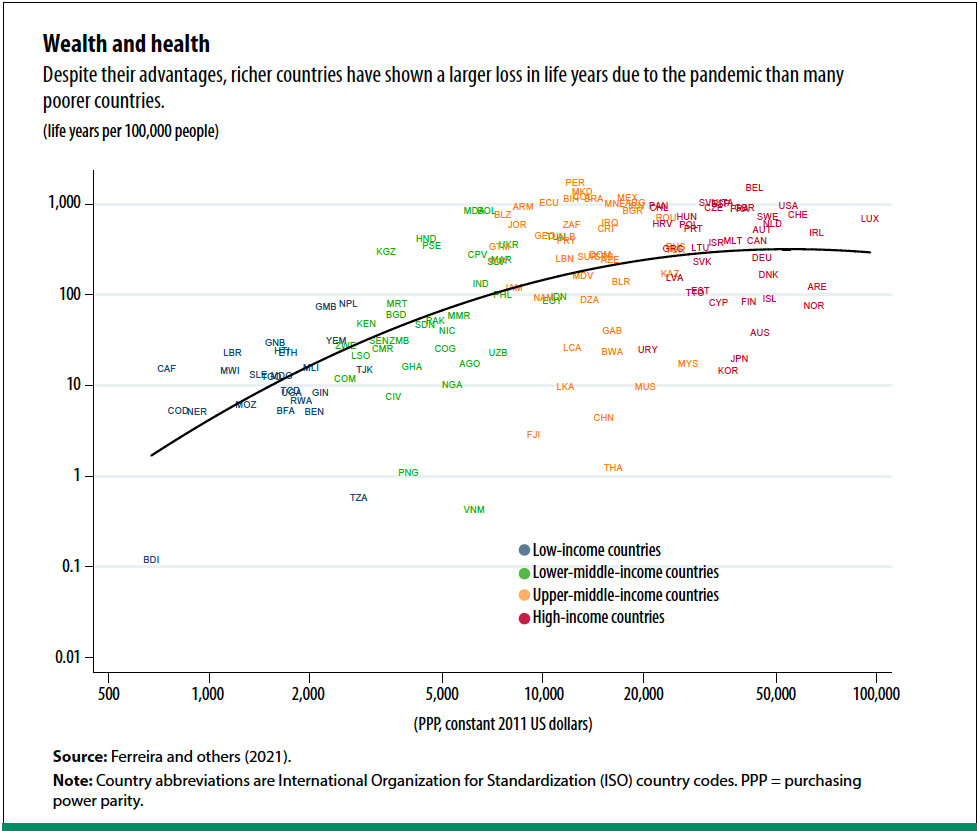
The recovery of the world after what the COVID-19 virus has done to the global economy became a necessity. The whole world was suffering during the pandemic with people locked inside their homes and having nothing to do. There were no economic activities and the people had no way of earning. They had to use their precious savings which were made earlier in order to sustain their lives during the pandemic. Due to the complete shut of economic activities, the global economy suffered. Most countries even suffered a contraction in their GDP.
However, as we all know, the economy never stops and as soon as the restrictions were relaxed and economic activities resumed, the economy started to recover. This much needed recovery of the economy is presently going on, but the growing gap between the rich and poor are raising concerns about whether this economic recovery is healthy or not. Moreover, the growth has been inclined more towards the affluent developed nations and less towards the struggling developing nations. We shall find out everything about the same in this article.
Uneven economy recovery
The condition of the poor in the world is worst than ever. It has always been a matter of concern for the world as the number of people being pushed down the poverty line is rising every day. The pandemic has made the situation even worse. The poor people have been suffering more than any of us during the pandemic, having not enough savings to sustain their lives or in the worst-case scenario, to get treatment if they got infected by the COVID-19 virus.

Millions of people died during the pandemic worldwide, not just because of the virus but due to the hunger, malnutrition and poverty. Even now, when the economy has started to run again, the condition of the poor is becoming worse due to the rise in unemployment levels. The gap between the rich and poor is ever rising and has created large inequalities between them. While on one hand, the affluent part of the society is enjoying their lives with their work booming again, the poor section of the society is suffering. Not having enough money to sustain basic livelihood is very concerning.
While the recovery of the economy is still going on at the rate of 6% as per the reports of IMF, many economists have claimed that the growth is unbalanced, and the composition of the growth is continuing to change.
This growth can never be considered actual growth of the world, as the recovery will be ensured only when the pandemic is beaten back globally, and all economies are witnessing a recovery. The more affluent economies have been benefitting from the revival of the global economy, while on the other hand, the developing nations are still suffering from the pandemic.
After the opening up of the economy, the world is witnessing huge consumer demand, which was almost zero during the pandemic. The rising demand is playing a key role in the revival of the economies around the globe. However, it is said that the rising demand will come to a normal level by 2022.

According to the reports of IMF, the global demand is likely to decelerate to 4.9 per cent by the next year. The US, which is currently witnessing a growth rate of 5.6 per cent is expected to fall to 4.4 per cent by the next year. On the other hand, developing countries like India which are currently witnessing a growth rate of 6.3 per cent due to their strong export sector is likely to decelerate to 5.2 per cent in the next year, that is 2022.
During the pandemic, the rich, emerging and developing nations, all suffered from the pandemic and took an economic beating as the whole world was locked down, borders were closed and businesses were shut. However, as soon as the restrictions which were imposed during the pandemic rolled back, the consumer demand went all levels high and benefitted the economies. The demand was very high in the starting months but is coming back to normal levels now. But the benefit of the revival was not uniform. While the affluent countries enjoyed big benefits from the recovering economy, the case was not similar to the developing nations.
But what led to this non-uniformity?
The big developed nations have a strong healthcare sector and are armed with a huge supply of the COVID-19 vaccines, along with being fiscally strong which has helped them in opening up businesses and resuming operations. One such nation is the United States. While, on the other hand developing nations like India suffered a lot from the poor healthcare system and inefficient supply of the COVID-19 vaccine which has hampered their potential to grow. Moreover, the upcoming strains of the COVID-19 virus are threatening the economy again and providing uncertainty in the recovery path.
Geographical inequality

Growth in the US, after bouncing to nearly 7 per cent this year is expected to fall back to 4.9 per cent by the year 2022. Similarly, the growth in the US is said to fall back to 4.3 per cent in the upcoming year after witnessing a growth of 4.6 per cent in the year 2021. Emerging Asian economies such as India, on the other hand, are likely to witness a fall back to 6.4 per cent in the year 2022 after witnessing a high growth rate of 7 per cent in 2021.
The vaccine inequality has also been very risky for the growing economies. The developed nations with the affluent supply of the vaccine have vaccinated nearly 40 per cent of its total population, which is a great number while the developing nations, suffering from low supply and poor management of the vaccine have been able to vaccinate just 11 per cent of its total population.
The low vaccination is not just concerning for the health of the people, but also for the health of the economy. Moreover, the second wave of the virus in India completely hampered the growth and has severely widened the gap between the rich and the poor. The poor have constantly been suffering from the pandemic and its after-effects.
However, the virus is still not gone, and we should not take it lightly. The new variants of the virus have the potential to severely derail the recovery path of the global economy and can easily wipe out four and a half trillion dollars collectively form the world’s GDP. There is already a lack of funds in the poor countries to provide a jolt to their declining economy.
Advanced economies, on the other hand, have already passed $4.6 trillion in fiscal support in 2021. Therefore, there is a strong need for the affluent countries as well as the World Bank and IMF to financially help the poor countries in this tough time as we all know, the global economy will survive only when all the countries are getting benefitted from the revival of the economy.
Edited by Aishwarya Ingle




